Alumina vs. Aluminum Nitride Ceramic PCBs: Which is Better?
Understanding Alumina Ceramic PCB
Alumina ceramic PCB is a circuit board made using alumina (Al₂O₃) as its base material. Alumina is a type of ceramic that’s known for being strong, good wear resistance, durable, and resistant to high heat. It doesn’t conduct electricity, which makes it a great insulator for electronic circuits.
These boards are popular because they can handle harsh environments—like high temperatures and strong vibrations—better than regular fiberglass boards. They also protect sensitive components from heat damage and electrical interference. Alumina PCBs are used in everyday electronics, LED lighting, power modules, and even in some medical devices.
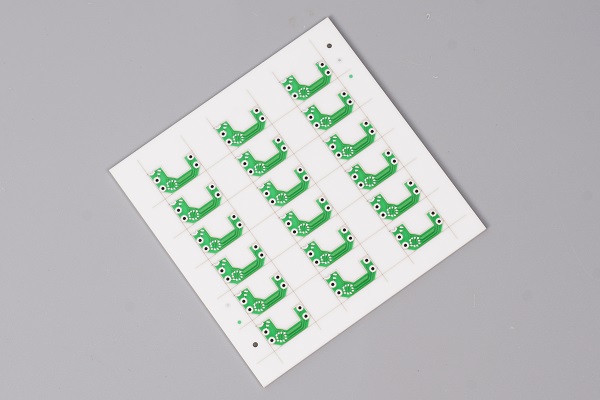
Advantages of Alumina Ceramic PCB
- Excellent electrical insulation for high-voltage applications
- Stable thermal performance with conductivity up to 30 W/m·K
- Strong mechanical properties and hardness for long-term durability
- High resistance to corrosion, moisture, and chemical attack
- Cost-effective for mid-range power and consumer electronics
- Compatible with thick-film and DBC (Direct Bonded Copper) technologies
- Suitable for compact designs due to fine feature precision
- Readily available material with mature fabrication processes
Limitations of Alumina Ceramic PCB
- Limited thermal conductivity compared to high-end ceramics
- Brittle by nature; vulnerable to mechanical shock or drop damage
- Higher coefficient of thermal expansion than silicon, causing stress in chip-level packaging
- Not ideal for ultra-high-frequency or fast-switching RF applications
- Less effective heat dissipation under extreme power loads
- Surface flatness can vary depending on the manufacturing process
Applications of Alumina Ceramic PCB
- LED lighting modules requiring moderate heat management
- Power converters and industrial control systems
- Automotive ECUs and in-vehicle infotainment systems
- Consumer electronics like smart sensors and wearables
- Diagnostic and monitoring equipment in medical fields
- RF signal modules and wireless communication components
What Is Aluminum Nitride Ceramic PCB?
An aluminum nitride (AlN) ceramic PCB uses aluminum nitride as its base material instead of alumina. What makes AlN stand out is its exceptional thermal conductivity. It pulls heat away from electronic parts much faster than alumina can, so it always used for high-power applications.
AlN is also electrically insulating, so it keeps circuits safe while helping them run cooler. Though it costs more, it’s often chosen for precision electronics, electric vehicles, lasers, and aerospace systems—places where heat control is critical.
In short, aluminum nitride PCBs are built for excellent thermal management performance. They help devices run longer, cooler, and more reliably, especially in demanding environments.
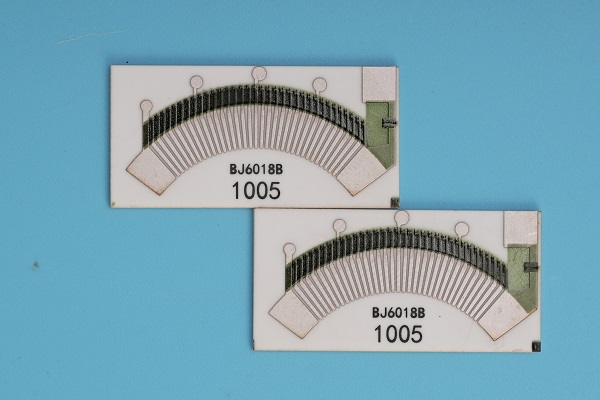
Advantages of Aluminum Nitride Ceramic PCB
- Exceptional thermal conductivity (typically >170 W/m·K)
- Lower dielectric loss; suitable for high-frequency signal integrity
- High mechanical strength with good thermal shock resistance
- Close CTE match with silicon, enhancing device reliability
- Outstanding electrical insulation for high-voltage circuits
- Performs reliably in harsh or high-temperature environments
- Enables miniaturization in power-dense designs
- Ideal for advanced packaging, including chip-on-board assemblies
Limitations of Aluminum Nitride Ceramic PCB
- Higher cost due to complex raw material and processing steps
- Still brittle and can chip if mishandled during assembly
- Requires tight process controls and specialized manufacturing expertise
- Longer lead times due to limited global supply and low production volume
- Not always compatible with conventional metal pastes without custom matching
- Increased tooling wear and maintenance during production
Applications of Aluminum Nitride Ceramic PCB
- High-power LED drivers and solid-state lighting systems
- RF and microwave communication modules
- Electric vehicle inverters and high-voltage control circuits
- Base stations and 5G telecommunication infrastructure
- Aerospace and military electronics with strict thermal requirements
- Semiconductor test equipment and power amplifier circuits
Material Properties Comparison Between Alumina vs Aluminum Nitride
|
Property |
Alumina (Al₂O₃) |
Aluminum Nitride (AlN) |
|
Color |
White / Ivory |
Light Grey / Bluish Grey |
|
Thermal Conductivity |
18–30 W/m·K |
160–200 W/m·K |
|
Dielectric Constant (@1 MHz) |
9.5–10 |
8.5–9 |
|
Thermal Expansion (CTE) |
~7–8 ppm/°C |
~4.5–5.3 ppm/°C |
|
Electrical Resistivity |
≥10¹⁴ Ω·cm |
≥10¹³ Ω·cm |
|
Flexural Strength |
300–400 MPa |
300–450 MPa |
|
Fracture Toughness |
~3–4 MPa·m½ |
~2–3 MPa·m½ |
|
Maximum Operating Temperature |
~1,500 °C |
~1,000 °C |
|
Density |
~3.8–3.9 g/cm³ |
~3.3 g/cm³ |
|
Hardness (Mohs) |
8–9 |
5–6 |
|
Moisture Absorption |
<0.01% |
<0.01% |
|
Surface Finish (Standard) |
Smooth, glossy |
Smooth, matte or slightly rough |
|
Cost (Relative) |
Lower |
Higher |
|
Machinability |
Moderate |
More difficult |
|
Availability |
Widely available |
Limited production |
What Should I Choose Between Alumina and AlN Ceramic Substrate?
The choice depends on your application’s needs and your tolerance for cost. If your circuit generates moderate heat and the budget is tight, alumina is the logical choice. It performs reliably in most general-use cases and integrates easily into standard processes. It's a solid workhorse—durable, accessible, and well-supported by vendors.
But when thermal performance cannot be compromised—such as in power semiconductors, RF power amplifiers, or high-current LED arrays—AlN becomes indispensable. It extends the life of heat-sensitive components and ensures stable operation even under demanding loads. Precision and reliability become worth the added investment.
The decision also depends on your end-product expectations. Are you optimizing for longevity, speed, or cost-efficiency? Is the product meant for mass market, or is it part of a high-value, low-volume specialty build? Once these factors are clear, the material choice usually follows naturally.
Why Choose Ceramic PCBs Instead of Copper-Based Metal PCBs?
Both ceramic and copper based metal PCBs have their place, but ceramic PCBs come with some unique benefits that make them stand out—especially for high-performance applications. Here’s why:
1. Better Heat Dissipation (Without Extra Layers)
Ceramic materials like alumina and aluminum nitride naturally transfer heat away from components. You don’t need additional thermal vias or thick copper layers to manage heat—it's built into the board.
2. Superior Electrical Insulation
Ceramic is naturally non-conductive, which makes it ideal for high-voltage or high-frequency circuits. It keeps signals stable and avoids interference. In contrast, copper bases need extra insulation layers.
3. Stable in Harsh Conditions
Ceramic PCBs can handle extreme heat, cold, and chemical exposure without breaking down. Metal-core boards may warp, expand, or corrode under similar conditions. That’s why ceramic is used in aerospace, military, and medical electronics.
4. Compact Design With High Power Density
Because ceramic can combine heat dissipation and electrical insulation in one material, you can design smaller, more efficient boards. You don’t need to stack layers or add bulky heat sinks.
5. Longer Lifespan
Ceramic boards resist aging. They don’t delaminate, oxidize, or suffer from moisture like some metal-based PCBs. That means more stable performance over time—and fewer replacements.
6. No Need for Dielectric Layers
In metal-core PCBs, a dielectric layer is needed between the copper base and the circuit layer. This adds complexity and may limit heat transfer. Ceramic eliminates that step entirely.
If you want to know more informations about ceramic PCBs, welcome to leave your comments or contact our team at sales@bstceramicpcb.com.








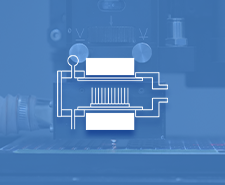
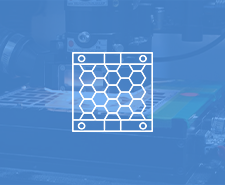
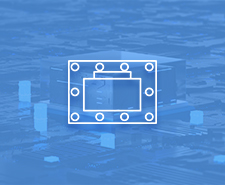



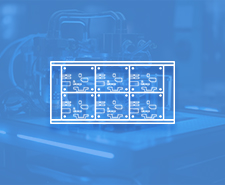



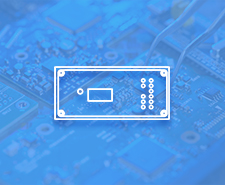


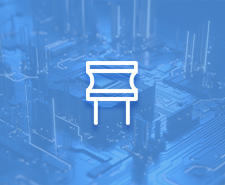
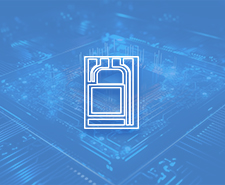

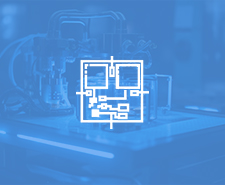











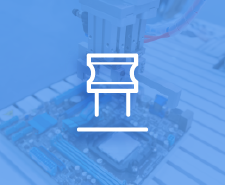

















 HOME
HOME







